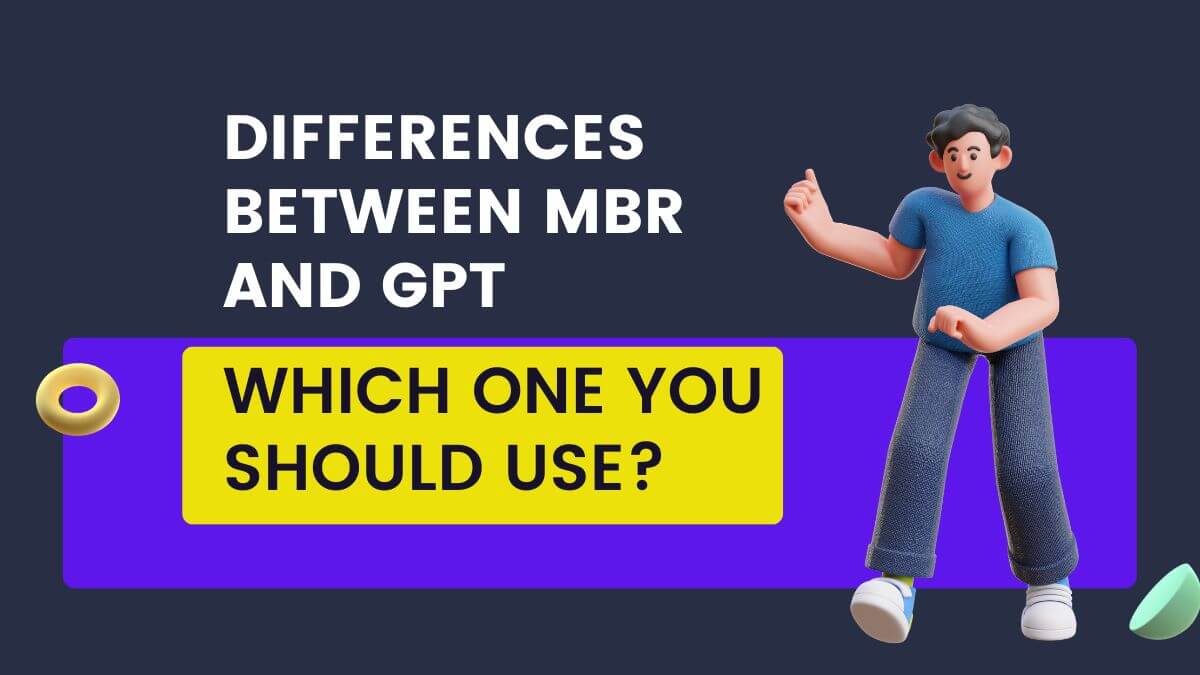How to Update Windows 10 Drivers
Drivers are crucial to your computer’s operation. Without them, none of your hardware would have the instructions required to function properly.
Your hardware components, such as wireless routers, printers, speakers, scanners, Bluetooth devices, etc., must “talk” to each operating system’s own set of instructions.
Using Driver Updates to Fix Issues
Some people have experienced issues with newer operating system versions not working with their hardware components. However, even though it may annoy your millennial friends, you can fix this problem by downloading the appropriate Windows 10 drivers or making sure that your hardware products, as we tech nerds like to refer to them, are compatible with your OS or operating system. This will allow you to continue streaming your classic 90s music.

Now, a lot of times, people think that when their hardware equipment (remember what we said hardware devices are?) is not working properly, it is busted and needs to be pitched in the recycling bin. Don’t be a fool! Remain cool, because a lot of the time, the issue is often caused by old or out-of-date drivers. Yes, the driver is causing the issue. Now isn’t that interesting?
Why do Windows Drivers Stop Working With New OS?
Consumers who upgrade their operating systems—for instance, switching to Windows 10—will notice that some hardware components that were previously functional have suddenly stopped working. What could be the source of this sorrow and annoyance?
There can be several reasons why Windows drivers stop working with a new operating system (OS). Here are some common causes:
1. Incompatibility: Over time, hardware manufacturers may not provide driver updates for older devices that are not compatible with the new OS. This can lead to driver conflicts and cause them to stop working.
2. Code changes: New operating systems often introduce significant changes in their codebase, which can affect how drivers interface with the OS. If the driver’s code is not updated accordingly, it may no longer function correctly.
3. Kernel changes: The kernel is the core of an operating system that manages hardware and software interactions. When a new OS version introduces kernel changes, it can impact how drivers interact with the system and render them incompatible.
4. Driver signing requirements: Starting from Windows 8, Microsoft introduced stricter driver signing requirements to enhance security measures. If a driver does not meet these requirements or lacks proper digital signatures, it may fail to load in newer versions of Windows.
5. Deprecated APIs: As technology evolves, certain programming interfaces (APIs) become outdated and eventually deprecated by the OS vendor. If a driver relies on deprecated APIs without updating to newer alternatives, it may cease to function when transitioning to a new OS.
6. Third-party software conflicts: Other software installed on a computer can interfere with drivers’ operations by modifying critical system files or taking control of hardware resources needed by drivers. These conflicts can lead to driver failures when upgrading to a new OS.
How to Update Drivers?
- Go to the Start Menu and select Settings.
- Click on Update & Security.
- Click the Check for updates button and wait for Windows to search for and download the latest updates.
- If any updates are found, they will be downloaded and installed automatically.
Downloading a driver that the manufacturer has configured for Windows 10 will mean that your operating system will have no issue understanding or giving instructions to your hardware devices. “How do I obtain the proper drivers for my computer system?” you may wonder.
Well, we can certainly help you out with that. There are numerous ways to update drivers on your computer system. One of these ways would include going to the manufacturer’s website and trying to locate them there. Having said that, in certain cases, they can be hard to find and not very well laid out on their site. You have to be very cautious not to download the wrong driver, as this may cause huge issues for the hardware device and computer. Another way is to play around in the device manager after clicking on the start button.
In our esteemed opinion of ourselves, the easiest and most pain-free way to update your drivers with the absolute latest versions is to use a designated driver updating software. These software programmes are created by teams of egghead software designers to scan your entire PC for outdated drivers and then automatically move to the next step and download the latest driver releases to be installed on your computer system. Yes, that’s correct; the software locates and downloads the correct drivers for your operating system and hardware devices. How cool is that?
Another top-notch trait of these software programmes is regular system scans. What this entails is complete scans of your computer system are done on a regular basis. Why is this important, you may ask? It is crucial because hardware makers regularly issue new and improved versions of their drivers. New driver releases are often for fixing glitches from earlier driver versions and adding additional benefits to that piece of hardware.

